Natural pearls are extremely rare, as by definition, they must be formed without human intervention. Pink pearls are some of the most rare, and an understanding of the history of pink pearls, such as where they originate and why they are pink, will allow you to more fully appreciate them.
Origin of Pink Pearls
Almost all pearls sold today are cultured pearls, either freshwater or salt. Akoya and South Sea pearls, both saltwater varieties, can produce pink pearls naturally; however, freshwater pearls may be dyed pink after harvesting. The Caribbean Pink Pearl is an especially beautiful pink pearl, created by the queen conch. Only one marketable pink pearl is discovered among every hundred thousand shells, and the queen conch has become a threatened species. These pink pearls have a unique quality that produces "flames" when the pearl is examined under light.
History of Pearl Hunting
For thousands of years, pearl divers hunted for the elusive natural pearl in the Red Sea, the Indian Ocean, the Persian Gulf, and the Gulf of Mannar. Most of the natural pearls available today are vintage and continue to demand the highest prices. Pearl divers gathered as many oysters as they could, which were then carefully searched for pearls. Usually slaves or of very low social class, pearl divers often died from drowning or other dangers of descending far below the ocean's surface on a single indrawn breath. A slave could sometimes "buy" his freedom by finding an exceptionally large pearl.
History of Pearl Farming
Cultured pearl farming began about 100 years ago. Shelled mollusks produce pearls by covering an irritant with layers of a substance called "nacre," which is also known as "mother of pearl." The tiny irritant is implanted in the animal's mantle folds, and harvesting takes place anywhere from 9 to 16 months for Akoya pearls, to 2 to 7 years for freshwater pearls. Cultured pearls increased in popularity after Coco Chanel began using them in her fashion designs in the 1930s.
Caribbean Pink Pearl
The queen conch is a very sensitive animal and every attempt to produce cultured Caribbean pink pearls has failed. Each year, between 2,000 and 3,000 Caribbean pink pearls are fished from around the coasts of Florida, the Bahamas, the Yucatan and the Antilles islands. Of these, only 15 to 20 percent are marketable for jewelry. These pearls are heavier and harder than all other pearls. The fact that the queen conch is endangered means that pearl fishing is highly regulated and the Caribbean pink pearl is likely to remain a very rare gem.
Other Pink Pearls
Akoya and South Sea pearls can be produced in many different colors, including pink, though they are not as deeply hued as the Caribbean pink pearl. Freshwater pearls take dye readily and are often dyed many different colors to suit public demand. Freshwater pearls are seldom round, as the implant used is tissue from a "donor," rather than a round piece of shell, which is used as the irritant in saltwater pearls. However, for this reason, freshwater pearls are much more durable.
Pink Pearl Erasers
No history of pink pearls would be complete without mentioning the Pink Pearl eraser by Eberhard Faber. Apparently, the company had a habit of naming its erasers after pencils it had created. When the Pink Pearl came around, the company was making a pencil called the "Pearl" for F. W. Woolworth Company. Since the eraser was pink, the resulting name became "Pink Pearl."
Related Articles
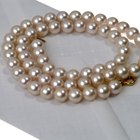
What Is the Range of the Cost of Pearls?

The History of Biwa Pearls

In What Parts of the World Are Valuable ...

Types of Coral Jewelry
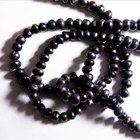
How Rare Is a Black Pearl?

What Is the Meaning of Pearls?

The Value of Mikimoto Pearls

What Is Ceylon Sapphire?
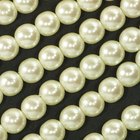
How to Determine the Value of Pearls

Types of Valuable Crystals
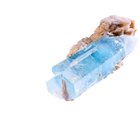
List of the Types of Semi-Precious ...
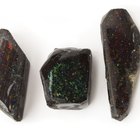
Which Types of Gems Are Most Expensive?

What Countries Harvest Pearls?

Hawaiian Traditional Gifts

What Are the Family Ties for the Greek ...

What Is a Pink Amethyst?

How to Tell a Real Tiffany's Necklace ...
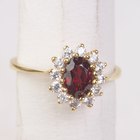
Physical Characteristics of the Ruby ...
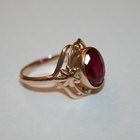
Information on African Rubies

How to Tell What Pearls Are Worth
Writer Bio
Chris Carson has been writing professionally since 1988, specializing in topics such as cats, jewelry, history and English. Her articles have appeared in "Best Friends Magazine" and on various websites. Carson received her Bachelor of Arts in English from Arizona State University.